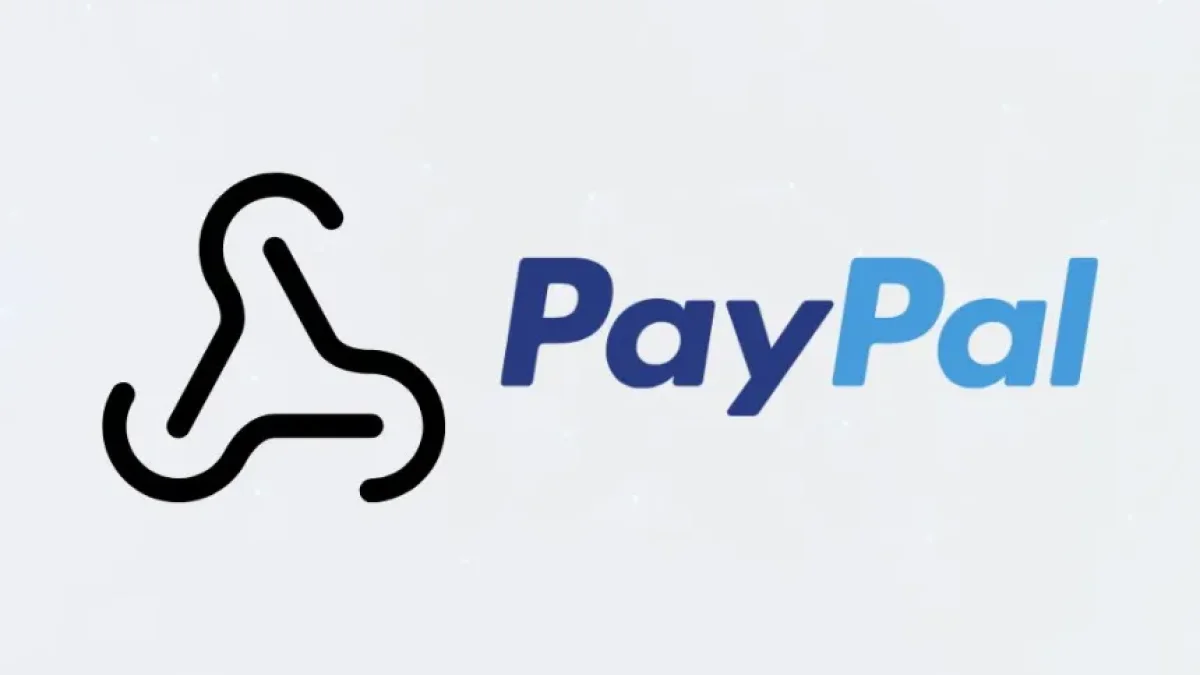Webhook Management for the PayPal API in E-commerce


In the world of e-commerce, providing a smooth and uninterrupted experience for users is essential. One of the key tools to achieve this is the use of webhooks in the integration of the PayPal API. In this article, we will discuss how webhooks work for PayPal and their importance in e-commerce platforms.
What are Webhooks?
Webhooks are mechanisms that allow applications to send information in real-time to other applications. In the context of PayPal, a webhook is a function that notifies your e-commerce platform about important events, such as completed payments or changes in transaction status. This way, merchants can react immediately to these events and enhance the customer experience.
The Relevance of Webhooks in the PayPal API
When integrating the PayPal API into your online store, it is essential to consider the importance of webhooks. These allow your e-commerce platform to receive automatic and accurate updates, which is vital for properly managing orders, inventory updates, and transaction statuses. By using webhooks, you can reduce the number of queries your application needs to make to the API, optimizing resources and increasing efficiency.
Implementing Webhooks in PayPal
Integrating webhooks into your e-commerce platform is a process that requires several key steps:
1. Create an Endpoint to Receive Notifications
First, you need to create a URL on your platform where PayPal can send notifications. This endpoint will be responsible for processing the received data. Ensure that this endpoint is secure and can only be accessed by PayPal.
2. Configure the Webhook in the PayPal Console
Once you have your endpoint ready, access the PayPal developer console and configure the webhook. You will need to enter the URL you created and select the types of events you want to receive. Examples of events can include "PAYMENT.SALE.COMPLETED" or "PAYMENT.SALE.DENIED".
3. Test the Configuration
It is crucial to conduct tests to ensure that your webhook is functioning correctly. PayPal offers a sandbox environment where you can simulate transactions and verify that notifications are sent and received properly.
4. Process the Notifications
When your application receives a notification, it is essential to process the information correctly. This may include updating the order status in your database, notifying the customer, or taking other necessary actions based on the received event.
Benefits of Using Webhooks in E-commerce
Using webhooks in your integration with the PayPal API offers various advantages:
- Real-Time Updates: They allow you to react to changes instantly, improving transparency for customers.
- Reduction in API Queries: By receiving notifications directly, you reduce the need for constant queries to the API, optimizing resources.
- Better Customer Experience: With effective payment event management, you can keep your customers informed about the status of their transactions.
Conclusion
Implementing webhooks in the PayPal API is a necessity for any e-commerce platform looking to enhance its efficiency and customer experience. With proper configuration and adequate handling of notifications, your business can benefit significantly.
If you are interested in continuing to learn about topics related to e-commerce and technology, I invite you to read more news of this kind on my blog.
Article information
Key tips
Take your time to understand each concept before moving on to the next one.
Practice the examples in your own development environment for better understanding.
Don't hesitate to review the additional resources mentioned in the article.



















